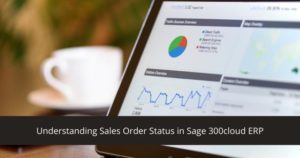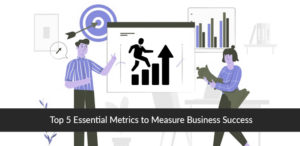
Top Five Benefits of HCM and ERP Integration
HCM and ERP Integration is the most crucial part of growing a business. But for that, we must first understand what HCM is and how

HCM and ERP Integration is the most crucial part of growing a business. But for that, we must first understand what HCM is and how

Summary- Finance is the lifeline of any organization and it requires meeting the needs of all business issues. With the increasing competition in the market,

Importance of effective ERP Training for Employees Enterprise Resource Planning (ERP) systems have become a mainstay for businesses since last few decades. Not to forget,

Sales Order Status in Sage 300cloud ERP Most of the companies require their orders to be delivered at the expected date to make sure the

A business is said to be higher in the efficiency spectrum if it spends less time and resources to accomplish more goals. This is what
Fill in the details below and we would be glad to help you.